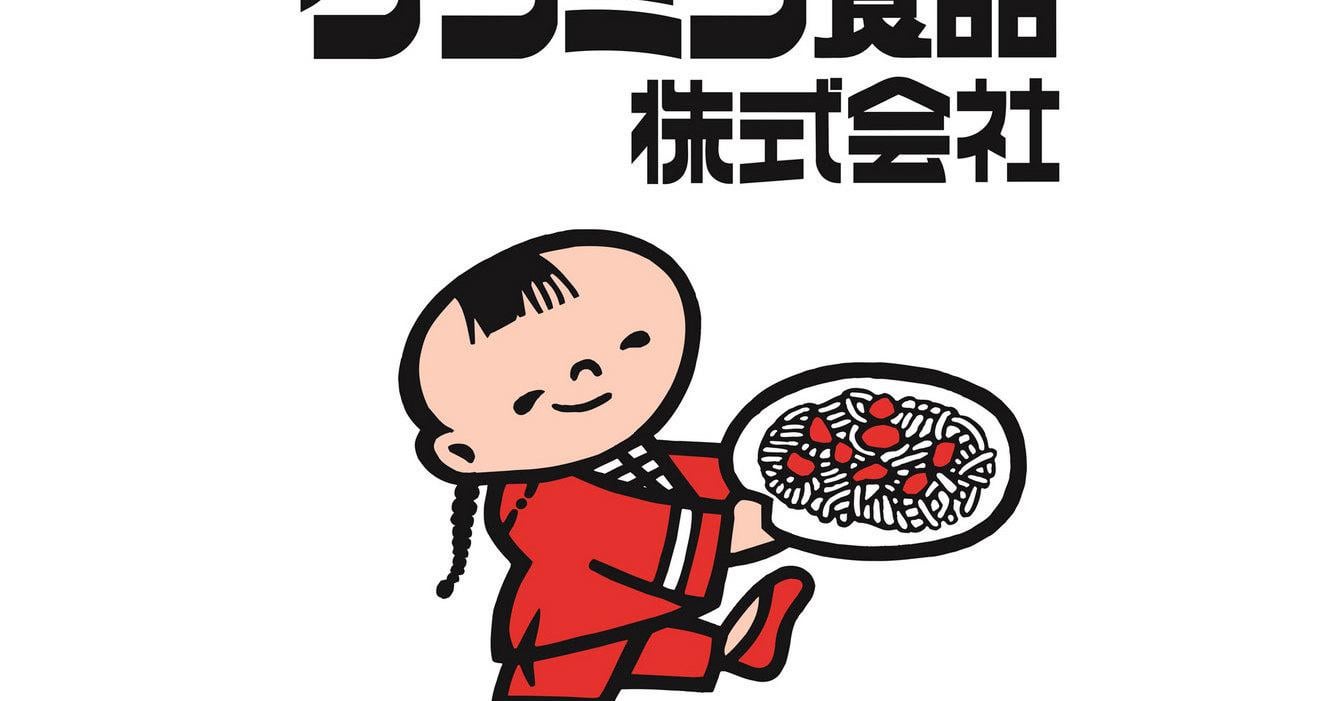
In recent news, rice prices in Japan started rising again after previously dropping for nine weeks. The increase is attributed to ongoing extreme heat, which may affect the quality of this year’s rice harvest. With memories still fresh of the 2024 rice shortage, there’s concern that prices might rise further if these conditions persist.
Amid these challenges, there’s an increased popularity of rice noodles (bifun) as an alternative to rice and wheat products. This shift is partly due to economic difficulties leading more people to seek cheaper food options. Additionally, global events like wheat shortages and the trend of gluten-free diets have boosted interest in rice-based products.
Bifun is versatile, serving as both a main dish and a side, making it a favored choice in times of rising living costs. Its affordability and adaptability are appealing, and sales of rice noodles have seen significant growth.
The rise in bifun demand is also linked to an increase in Japan’s foreign population from countries where these noodles are common. Furthermore, the growing number of tourists from these regions adds to the demand.
Overall, the increasing preference for bifun highlights Japan’s changing consumer landscape, driven by both domestic economic needs and international influences.
by MagazineKey4532
